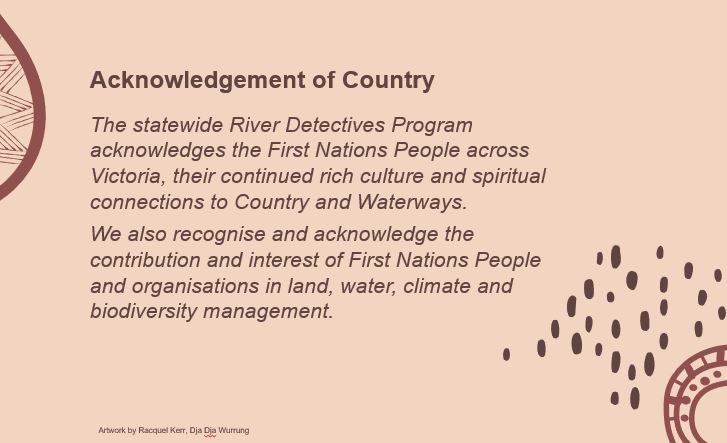Urban/Storm Water
Explore the urban water cycle, urban water management and issues of stormwater and litter
Victory Christian College River Detectives Story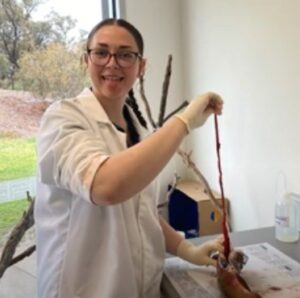
Victory Christian College is a large P-12 school in the North Central CMA region implementing the River Detectives program to boost their Environmental Science subject area and offer it as a VCE pathway subject to Years 9 and 10 students. Watch the video to hear their inspiring highlights or read the full story here !
|
Kayaking down Bendigo Creek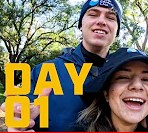
Unplug and Play was an innovative North Central CMA project created to encourage Gen Z’s to disconnect from technology and connect with the environment. The five-part documentary showcases the epic Bendigo Creek in all its forms and the natural environment that surrounds it. Kai and Jessie face all sorts of challenges along the way as drones and go-pros capture their honest reactions to the good, bad and interesting of this often-misunderstood waterway. The videos are a unique way to raise awareness of Bendigo Creek (especially beyond the urban fringe) and inspire your own students to have their own learning adventures in nature.
|
Kayaking the sickest urban river in Australia video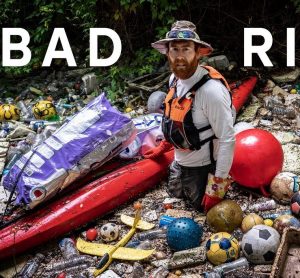
Join Beau Miles as he kayaks 23kms along Cooks River in Sydney over 4 days reflecting on it’s interesting past, it’s disturbing present and it’s hopeful future. An eye-opening journey about the plight of our littered urban waterways in modern society. ** Language warning ** Be aware some language will not be appropriate for younger viewers.
|
Reimagining Bendigo Creek project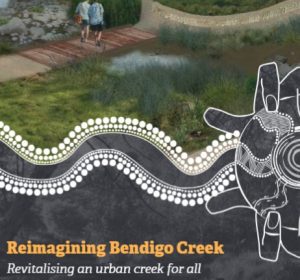
The Reimagining Bendigo Creek project is a long-term vision aiming to create a healthier, more inclusive, connected and beautiful Creek that we can all respect and value. Click the title link for details or use the project prospectus for a great summary of the issues that exist along the Bendigo Creek and the strategies to overcome them to assist Bendigo Creek reach it’s full potential.
|
Wanyarram Dhelk, Bendigo Creek site tour video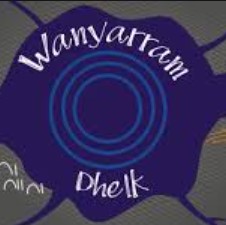
Wanyarram Dhelk is a cultural expression encapsulating what Bendigo Creek once was, a series of waterholes that provided food and fibre resources as well as recreational opportunities for Djaara people. This important project demonstrates how integrating Traditional Owner knowledge with water sensitive design can help restore cultural, social and environmental values to a degraded urban creek and is a great example for students. Wanyarram Dhelk has provided an example for the whole community of the potential to ‘Reimagine Bendigo Creek’ and embrace its possibilities as a valued natural resource. Use this case study to learn more, visit the site with your students, talk with traditional owners about the project or do some of your own ‘reimagining’. The case study can be accessed here or view this great video about the City of Greater Bendigo’s new Reconciliation Plan.
|
Edithvale-Seaford Wetland video series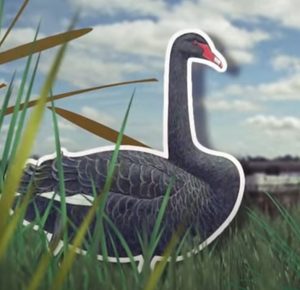
These six educational videos focus on the Edithvale-Seaford Wetlands in the Melbourne Water area, exploring their fauna and flora, rich history, role in providing drainage, and the community groups who play a key role in caring for them. Get a well-rounded understanding of the wetland’s many diverse roles, by watching the full video series: Animals of the wetland Birds of the wetland Drainage story of the wetland Friends of the wetlands History of the wetland Plants of the wetland
|
Louie and Snippy: Save the Sea picture story book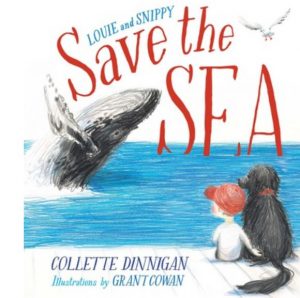
Louie and Snippy: Save Our Seas by Collette Dinnigan is a story of a little boy whose love of the ocean takes him, and the reader, on an incredible underwater journey. Louie and his trusty companion, Snippy the dog, dive into the ocean and are surrounded by brilliant coral reefs. But they soon discover that human rubbish – bottles, plastic straws and plastic bags – have trapped fish and other creatures. What will Louie be inspired to do? What will you be inspired to do ? A great book for younger readers to highlight the problem facing our oceans and to explore the links between our waterways and where our rubbish travels. Grab a copy of the book or enjoy this online reading.
|
Waterwise; Innovations In Water Management video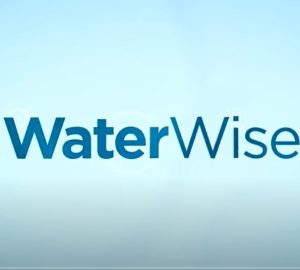
Could Melbourne/Victoria run out of water? In this 43 minute video for secondary students, environmental educator Arron Wood, from Kids Teaching Kids, travels the state to see what’s being done to ensure our water supply in the future and shows just how finely balanced this supply will be. He talks with farmers, town planners, irrigators and park rangers, tours the desalination plant, goes underground at the MCG and learning more about the Werribee sewage treatment plant to see how recycled water is being used for industry and in new housing developments.
|
Daylesford Water Treatment Plant video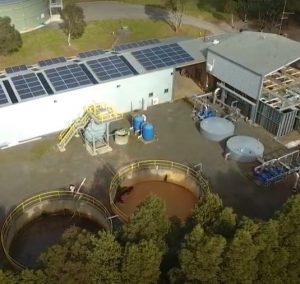
Take a virtual tour of the Daylesford Water Treatment Plant !
|
Catchment to tap video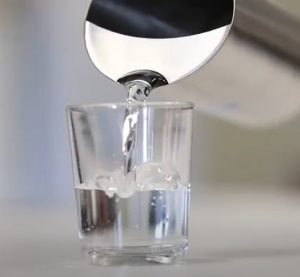
This video has been produced by Central Highlands Water but the majority of content is relevant to all areas of the state. It features simple explanations of a catchment, the water cycle, how water is shared between users and how water is treated to make it safe in our urban water system.
|
Make a water filter video and experiment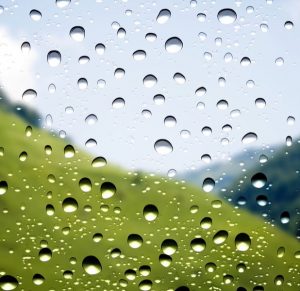
Join Fernando from Barwon Water as he guides students through the process of making a water filter using common household items. This experiment will help students understand how the water cycle provides the water we all need for drinking and how water corporations clean this water for us to drink from our tap. Teacher notes available.
|
City of Kingston Stormwater Treatment and Reuse Project video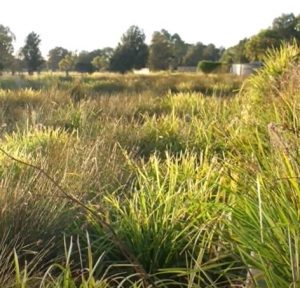
Watch this short video to see how the City of Kingston (Melbourne) are minimising flooding in the low-lying suburb of Edithvale by capturing stormwater, filtering it and reusing it to enhance the suburb. A great example of innovative design helping people and the environment.
|
Stormwater Harvesting at Fitzroy Gardens video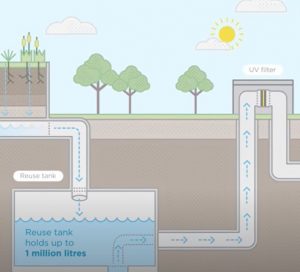
Each year, 120 million litres of water are used to water the Fitzroy Gardens. Since installing a state-of-the-art stormwater harvesting system Melbourne City Council have reduced the use of top quality mains drinking water by 60%. This fantastic video brings diagrams to life showing each step in the process.
|
Innovative Stormwater Solution videos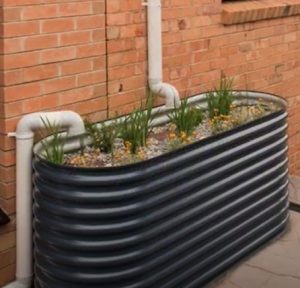
There are many inspiring programs using innovative inventions and multi-media campaigns to prevent stormwater pollution and raise community awareness of the issue. Check out ‘trash traps’ at the linked title above or any of the following; ‘sea bins‘, ‘drain socks‘, ‘soundscapes‘, ‘litter trackers‘, ‘rain gardens‘ and ‘stormwater stencils‘. Challenge students to do a PMI or venn diagram to compare and contrast each approach.
|
Reusing Stormwater video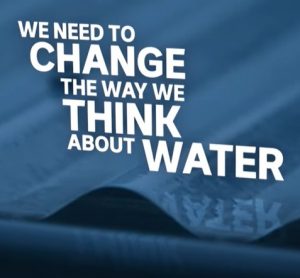
It’s estimated that every year Australian cities produce enough stormwater to fill Sydney Harbour six times over, but only 3 per cent of it is reused. Water-sensitive urban design values stormwater as an asset, not a problem. In this 11 minute video hear from experts about changes we can make in our own backyards to increase our water supply and cut down on pollution and flooding. Use the ideas to redesign a house, street or housing estate in your area . . . .
|
Ocean Pollution videos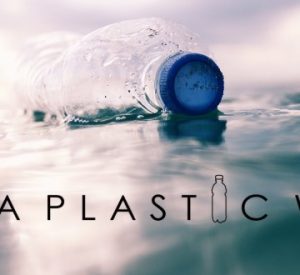
Regardless of where you are in the state, it is very important for your students to understand how the rubbish they drop could potentially end up in the ocean. The linked title will take you to a short video about the Pacific Ocean garbage dump. Alternatively you can view a 24 minute documentary, “A Plastic Wave” . Many other longer documentaries are available on streaming platforms and get updated regularly. Please be aware that ocean pollution and its impact on sea creatures can introduce disturbing images and information to students – please choose appropriately for different age groups and implement with care.
|
Stormwater Harvesting video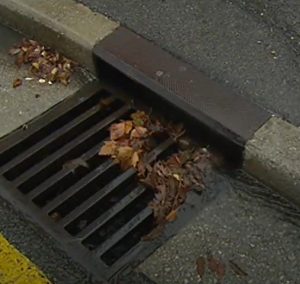
Many Australian towns and cities struggle with drought and desperately try to find new ways to get water. One of the answers might be under our feet! Every year billions of litres of rain flows down gutters and into drains. To change that, councils are being encouraged to recycle stormwater. This old (but still useful) Behind The News video looks at how stormwater harvesting could make better use of water – our most precious resource.
|
Urban Stormwater Journey photos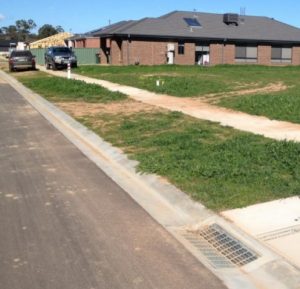
This series of five photos and short explanations clearly illustrate the journey of rainfall from an urban roof, road or footpath into a nearby waterway.
|
Stormwater Pollution – The Dirty Truth: Home Activities video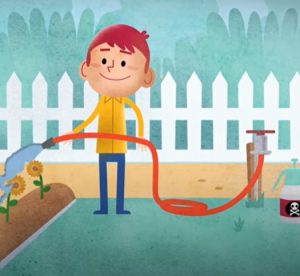
This short animated video from The Dirty Truth website explains how our home activities can impact waterways via urban stormwater discharge; use of pesticides/fertilisers, rinsing paintbrushes, unsecured building materials, oil leaks from cars, litter and dog poo that is not disposed of correctly.
|
Stormwater Pollution – The Dirty Truth: Home Car Washing video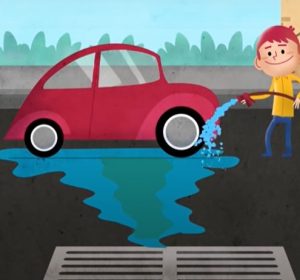
This short animated video from The Dirty Truth website explains the impact of car washing on hard surfaces where detergents can flow down stormwater drains and end up in our waterways.
|
Rubbish In The River envirostory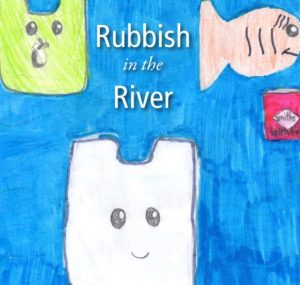
This example of a student-written/illustrated book comes from the Enviro-Stories website. It is a great example of how the River Detectives program can be embedded into the curriculum and inspire literacy projects. The topics are endless for solo/group writing challenges. Check out the enviro-story library for more ideas regardless of how books are eventually published.
|
Microplastics in our oceans video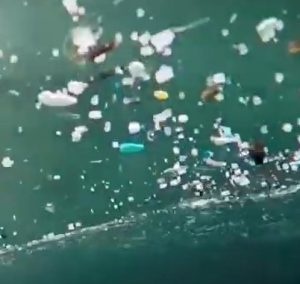
This short video helps students understand how microplastic pollution is generated, how it ends up in oceans and the way it can travel through the food chain to us. It also provides positive ways we can all help to reduce microplastic pollution. Please be aware that content about the potential impact of microplastics on humans may cause anxiety for some students.
|
Microplastics in our streams video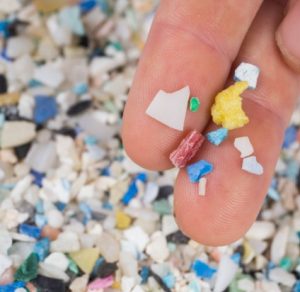
This video takes us on a journey with scientists conducting field research on the microplastics being washed down our waterways. It could provide inspiration to conduct research at your own waterway about the prevalence of these tiny but damaging pieces of pollution . . .
|
Where does stormwater go ? animation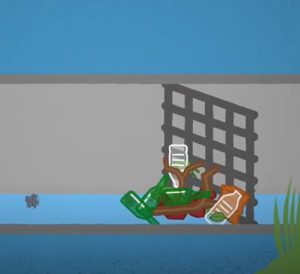
This animated video from Canberra is a highly effective way to outline the chain of events from rainfall, through the stormwater system, to waterways. It uses simple graphics to mathematically represent the volume of water that can be harvested this way and focuses on the many effective strategies that can be put in place by councils, land developers,etc to minimise any negative impacts of urban stormwater.
|
Stormwater animation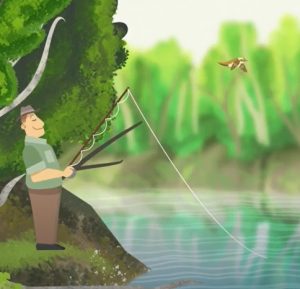
This animated video from Dubbo Regional Council is an engaging way to highlight where stormwater comes from, what pollutants might travel into waterways and their impact on water quality and aquatic plants/animals.
|
Urban Stormwater photos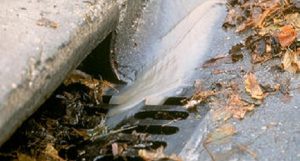
These photos of stormwater sources, stormwater pits/pipes/swales, stormwater pollution, impacts of pollution, pollution prevention strategies and stormwater management solutions can be used as a springboard for discussion, in conjunction with lessons in the Urban Stormwater Environmental Education Resource (see Topics-Urban Water) or with some of the activities on the Urban Stormwater/Rural Runoff activity matrix found under the Dive Deeper tab.
|
Victorian Water Corporations map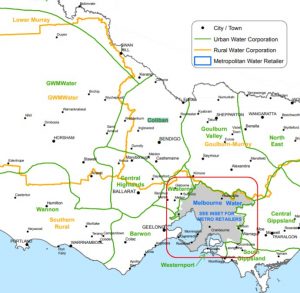
Although the role of water corporations is different to CMA’s (who manage urban water), there is a shared interest in water health/management and the two sectors collaborate regularly. Of great interest to the River Detectives program is the wonderful education services that these water corporations often offer with incursions, excursions, teaching resources and activity sheets for students of all ages looking at urban water, the water cycle and water conservation. Use this map to see which urban water corporation zone your town/school falls in. Head to the group/organisation section of Resource Riverbank for a link to the education tab of each corporation’s website. Consider getting in touch to access their programs, broaden your studies of water and value add to the River Detectives program.
|
North East Water education program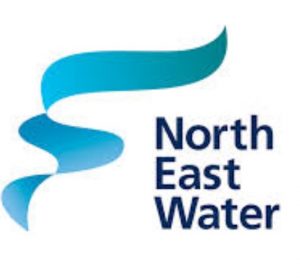
For schools in the North East CMA region, North East Water offer incursions, excursions and resources for students and teachers to educate about urban water, the water cycle and saving water.
|
Barwon Water education program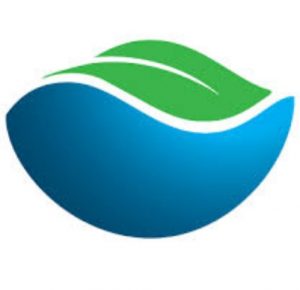
For schools in the Corangamite CMA region, Barwon Water offer a free comprehensive education program including water-related incursions, excursions and resources for early childhood to tertiary students. You can also sign up for their e-newsletters.
|
Central Highlands Water education program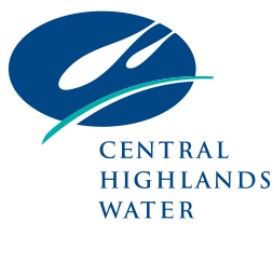
For schools in the south-western part of the north central CMA region and the northern part of the Corangamite CMA region, Central Highlands Water offer free education programs and learning materials for schools and community groups. Topics include; water (source to tap), water efficiency, choose Tap and recycled water and wastewater.
|
GWM Water education program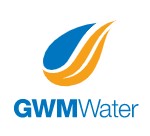
For schools in the Wimmera, GWM Water offers a range of water-based activities, experiments, fact sheets, puzzles and fun recipes specific to your region. They also encourage schools to enter the annual National Water Week poster competition.
|
Coliban Water Education website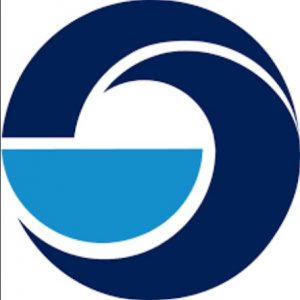
For schools in the north central region, Coliban Water offer incursions teach students about the value of water, how to use water wisely and wastewater management. They also provide free print and online teaching resources for use in kindergartens, primary and secondary schools. Sign up to their education newsletter to keep in touch with their latest news.
|
“Where’s Our Water” digital picture story book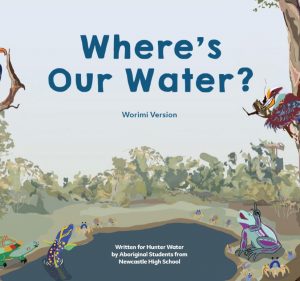
This book came out of a project co-ordinated by Hunter Water in NSW. Although it is not local, the story has valuable messages that apply to any catchment and the project is an inspiring example of what can be achieved when students work closely with traditional owners. Where’s Our Water? has been written for primary school students in the Lower Hunter region to teach them about the value of water as a precious resource and that it is everyone’s responsibility to care for it to ensure we have enough now and into the future. Hunter Water has collaborated with both the Awabakal and Worimi communities to create this new story that draws on their traditional wisdom and practices of caring for our land and waterways. You can also watch a video about the project.
|
Bendigo Creek Citizen Science Project student presentation videos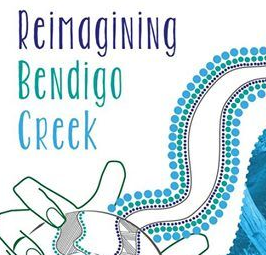
The Reimagining Bendigo Creek aims to create a healthier, more inclusive, connected and beautiful Creek that we can all respect and value. After attending a workshop in 2019 about the assets and threats of Bendigo Creek, students were challenged to present their vision for a future Bendigo Creek and their innovative results were amazing ! View Huntly Primary School’s creative lego model presentation at the title link above and Epsom Primary School’s engaging video here as inspiration for your own student-led waterway championing project.
|
Urban Stormwater brochure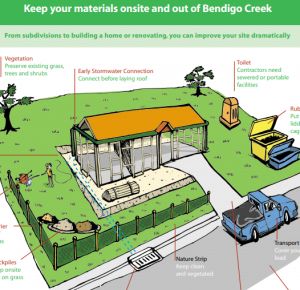
This brochure produced by the Bendigo Urban Stormwater Program details the responsibilities of builders/renovators/land developers to manage runoff from building sites. Diagrams and captions clearly explain positive strategies to reduce impacts and demonstrate an example of a subdivision considering water-sensitive urban design. This is a useful resource for any region.
|
Urban Stormwater poster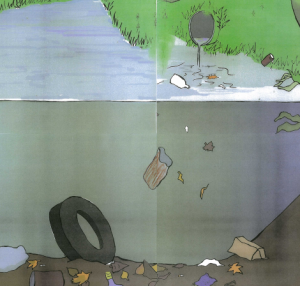
This poster is a fantastic resource to use demonstrate the impact of litter that can flow into a waterway with urban stormwater. It highlights the often unknown fact that only 10% of waterway litter is visible from the surface and a disturbing 90% will be hidden under the water. The Water Bug pictures could be placed on the poster to create discussion about how they (and other fauna) would be impacted by stormwater pollution and how this would impact on the entire food chain.
|
Urban Stormwater Environmental Education Resource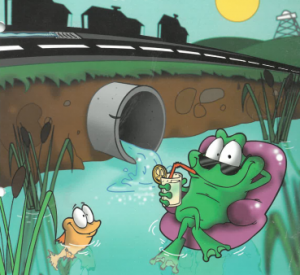
The North Central CMA developed this package in 2002 and although it has links to the obsolete curriculum document CSF II, it is jam-packed with engaging cross-curricular activities to enhance student understanding of urban stormwater. Primarily aimed at Year 5 and 6 students the lesson plans and activities are easily adaptable to lower primary and lower secondary. Introductory content can be found by clicking the resource title above and lesson plans/activity sheets for each curriculum area can be accessed using the links here; English, SOSE, Science, Maths, The Arts, HPE, Extras Some lesson plans refer to photos on a CD. A selection of these photos are available here.
|
Melbourne Water education program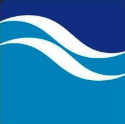
Find out what Melbourne Water does and how they care for catchments in the region. Includes a myriad of education resources covering frogs, litter, stormwater, catchments, waterways and more. Some are specific to the Melbourne area but many are relevant to all regions. If you are in the Melbourne Water area you may also like to access support from the water corporation in your specific location using this map. It will either be Yarra Valley Water, South East Water, City West Water or Westernport Water.
|
Melbourne’s drinking water video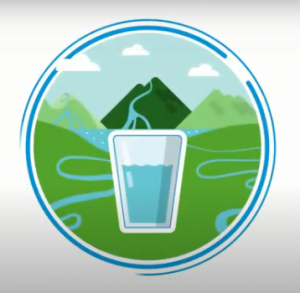
Learn why Melbourne’s water tastes great straight from the tap !
|
Urban Water Cycle animations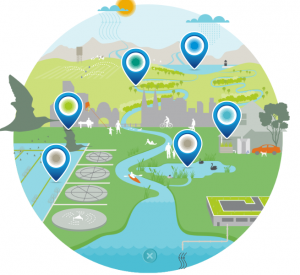
People have changed the natural water cycle; buildings and pipes take water for drinking and remove sewage and stormwater. This is the urban water cycle. In Melbourne the urban water cycle is managed by Melbourne Water. Use this interactive map to learn more or this link to explore other aspects. In north central Victoria Coliban Water manages urban water. Check out their animation with links to videos to explore topics further.
|
Enhancing Dandenong Creek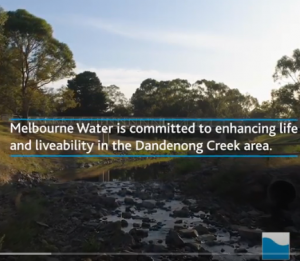
Melbourne Water’s ‘Enhancing Our Dandenong Creek’ project is taking an innovative approach to sewerage management and bringing the creek back to life. Although Melbourne based, this is a great case study to show students how urban water can be managed effectively. For more information go to Melbourne Water’s website
|
Drip Trip game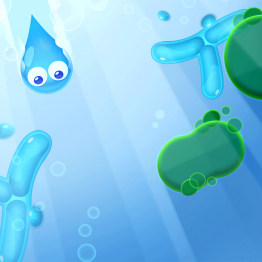
Join Drippy the raindrop on a journey across the urban water cycle, through your neighbourhood’s water pipes, sewers, drains and waterways as you head towards the bay. This Melbourne Water resource does focus on Melbourne’s urban area but will have some relevance to urban areas in any region. Suitable for ages 12 and above. Drip Trip can be played on smartphones, tablets and computers.
|
Waterway Hero activity sheet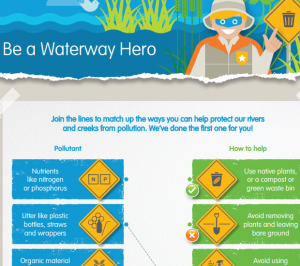
Match pollutants with a strategy to avoid their impact to consolidate knowledge of stormwater pollution and its effect on waterways. This resource from Melbourne Water has relevance for all regions but bear in mind that in some regions our litter may not make it to the ocean as stated here.
|
Stormwater fact sheet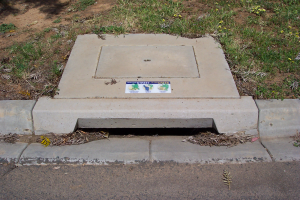
What is stormwater? Where does it come from, where does it go and what can we do to help protect our waterways?
|
The Natural Water Cycle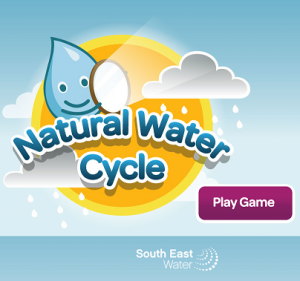
Explore three interactive online games on South East Water’s website to learn about the natural water cycle, the urban water cycle and water sources. To play, click ‘I’m a student’ – ‘play games and explore’ and then scroll down for all the links.
|
Stormwater Education Manual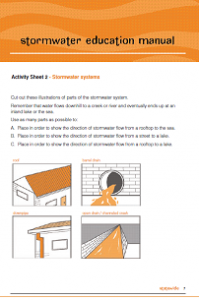
A comprehensive manual including teachers notes, lesson plans, activities, information and worksheets for upper primary and lower secondary students about urban stormwater sources, impacts and strategies.
|
City of Geelong- Stormwater Manual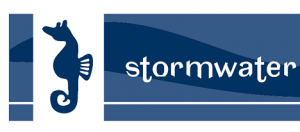
Activities all about stormwater in Geelong! Get your local stormwater manual now to guide your lessons in the classroom.
|

